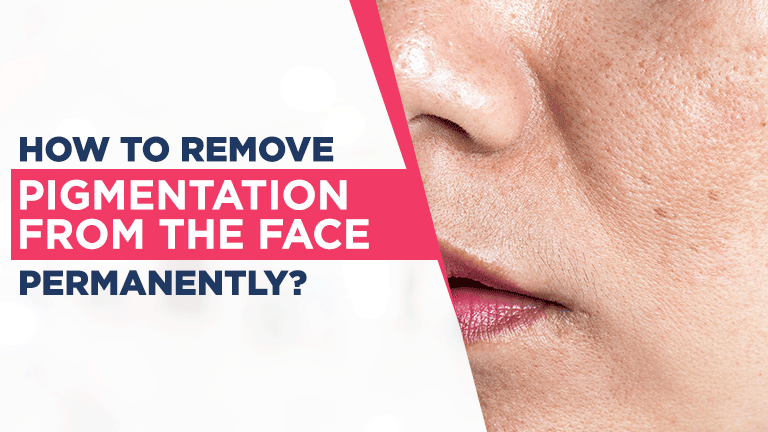
How long before the wedding should a bride get a HydraFacial?
All brides desire to have glowing, redless skin on the

Pigmentation, the darkening of the skin due to excess melanin production, is a common skin concern that can affect anyone. While pigmentation is usually harmless, it can be a source of frustration for those seeking clear, even-toned skin. If you’re looking to remove pigmentation from your face permanently, this guide will provide you with effective strategies and treatments to achieve lasting results.
Facial pigmentation can manifest in various forms, including:
Understanding the causes of pigmentation is essential for effective treatment:
Achieving permanent removal of facial pigmentation requires a combination of professional treatments, home care, and lifestyle changes. Here are some of the most effective methods:
Laser therapy is one of the most effective ways to remove pigmentation permanently. Different types of lasers target and break down the excess melanin in the skin:
Chemical peels involve applying a solution to the skin that exfoliates the outer layers, revealing fresher, lighter skin beneath. Different types of peels can be used based on the severity of pigmentation:
Topical creams and serums can be used to gradually lighten pigmentation:
Microneedling involves using fine needles to create micro-injuries in the skin, stimulating collagen production and helping to break down pigmentation. This treatment can be combined with other therapies like topical serums for enhanced results.
Cryotherapy involves freezing the pigmented areas with liquid nitrogen, causing the pigmented skin cells to die and eventually slough off. This treatment is particularly effective for sunspots.
Incorporating professional-grade skincare products into your daily routine can help maintain results and prevent new pigmentation from forming:
Achieving permanent results requires ongoing maintenance and preventative care:
Removing pigmentation from the face permanently is achievable with the right combination of professional treatments, home care, and preventative measures. By understanding the causes and taking proactive steps, you can enjoy clear, even-toned skin. If you’re struggling with pigmentation, consult with a dermatologist to determine the best treatment plan tailored to your specific needs. Our clinic offers a range of advanced treatments designed to help you achieve lasting results and regain your confidence.

All brides desire to have glowing, redless skin on the
Dreaming of a sculpted body but struggling with stubborn fat
Struggling with severe hair loss or balding? At Clinic Eximus
Struggling with dull, tired skin? At Clinc Eximus , we
Struggling with hair thinning or excessive hair fall? At Clinic
Flawless skin isn’t just a dream—it’s a choice. Many turn